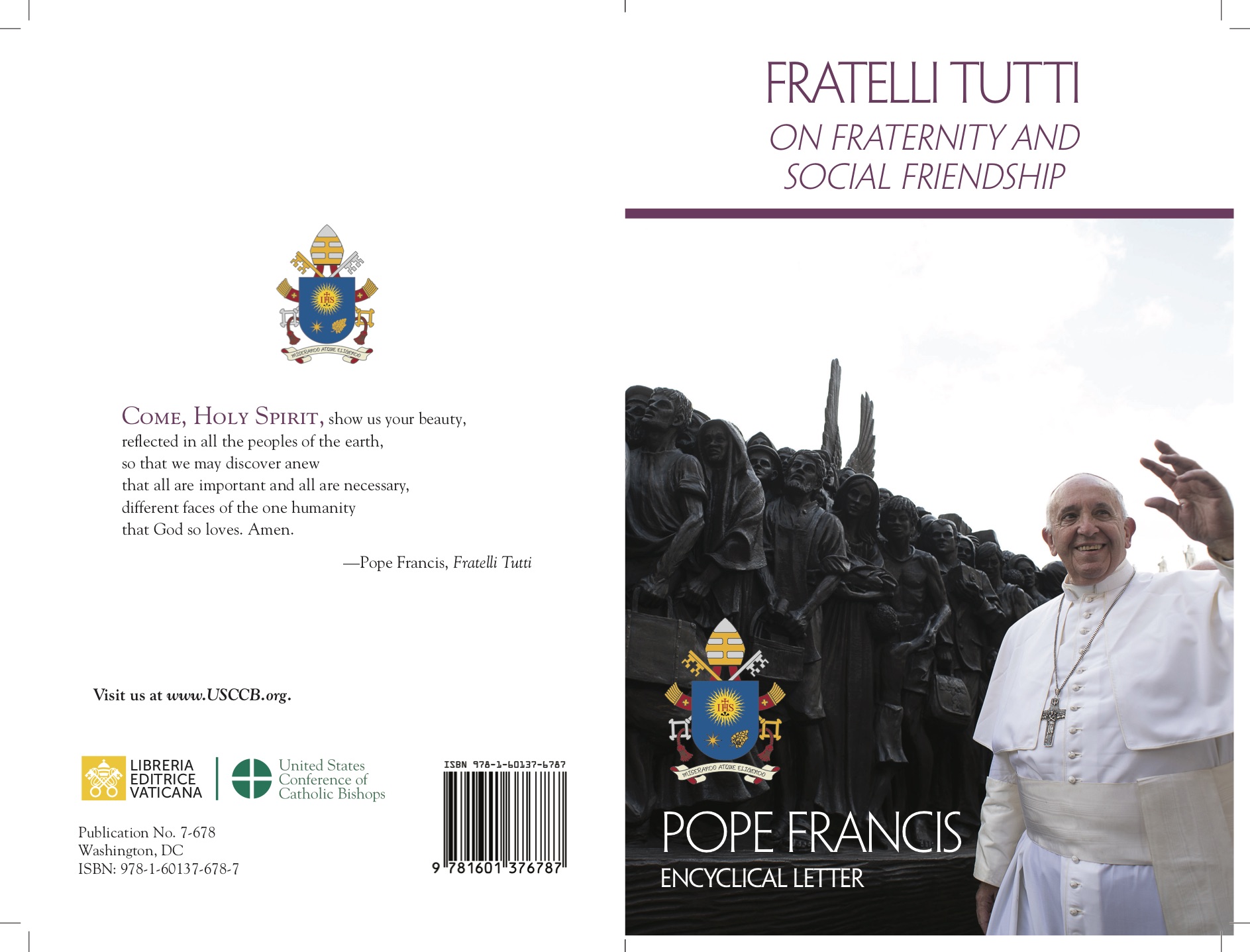
Almost 5,000 people participated in the Jubilee of the Eastern Churches, held at the Vatican from 12 to 14 May, including Patriarchs, Metropolitan Bishops and the faithful.
The Ge’ez rite was celebrated on 12 May in Saint Peter’s Basilica, led by the Churches of Ethiopia and Eritrea, who recently updated their Missal in the liturgical language, Ge’ez. The Armenian Church celebrated the Divine Liturgy in the Armenian rite in the Basilica of Saint Mary Major. The Coptic liturgy was held in the same Basilica.
On 13 May, the celebrations returned to Saint Peter’s with a Divine Liturgy in the East Syriac Rite, with the Anaphora of Addai and Mari, the ancient Eucharistic prayer of the Church of the East. The celebration was led by the Chaldean and the Syro-Malabar Churches. In the evening, Saint Mary Major hosted Vespers organized by the Syriac Catholic Church, the Maronite Church, and the Syro-Malankara Church. And in the evening, the Akathist hymn — a hymn of praise to the Mother of God from the Byzantine liturgy — was sung in the forecourt of the same Basilica.
Audience with Pope Leo
On Wednesday, 14 May, the final day of the Eastern Churches’ Jubilee pilgrimage, participants had an audience with Pope Leo XIV in the Paul VI Hall. In his discourse to them, the Holy Father spoke of the diversity in their origins, their “glorious history and the bitter sufferings” many “communities have endured or continue to endure”. The Church needs them, he stressed because the “contribution that the Christian East can offer us today is immense! We have great need to recover the sense of mystery that remains alive in your liturgies, liturgies that engage the human person in his or her entirety, that sing of the beauty of salvation and evoke a sense of wonder at how God’s majesty embraces our human frailty”, he continued.
Following the audience, a Divine Liturgy in the Byzantine rite was celebrated in Saint Peter’s Basilica by the Greek Melkite Catholic Church, the Ukrainian Greek Catholic Church, the Romanian Greek Catholic Church, and the other Byzantine rite Churches.
The Eastern Catholic Churches
There are 23 Eastern Catholic Churches, which are self-governing and in full communion with the Pope. They preserve distinct liturgical rites, theology, and traditions rooted in Eastern Christianity. Most of these Churches originated from historical reunions between Eastern Orthodox communities and the Roman Catholic Church, and can be found across Eastern Europe, the Middle East, India, and parts of Africa, with communities in the diaspora worldwide.













 Purchase the Encyclical here Fratelli Tutti
Purchase the Encyclical here Fratelli Tutti
